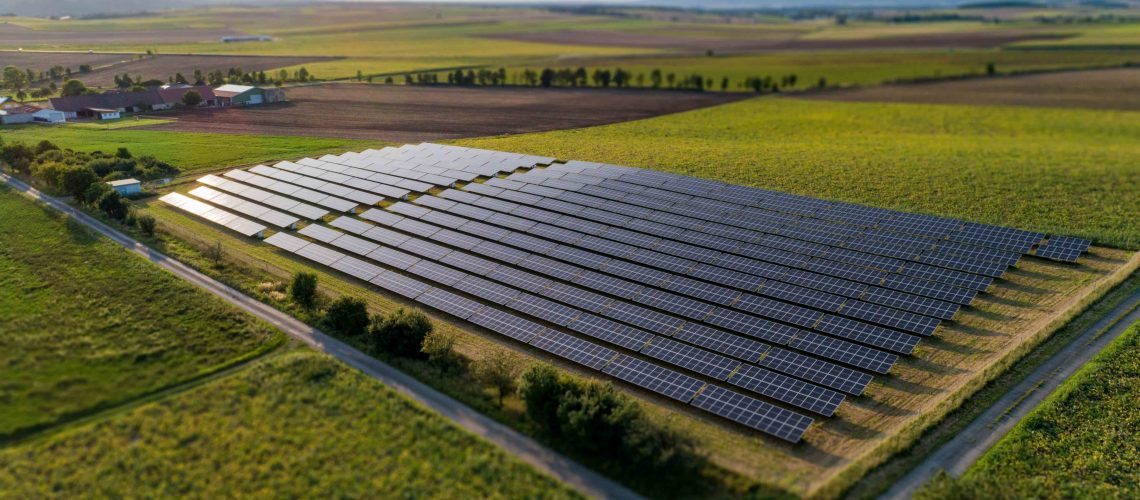Trendforce’s report for the second quarter of 2022 shows that the trend of solar panels and batteries continues to develop in the direction of larger format and higher power output. With the rising cost of polysilicon, the demand for improving the efficiency of photovoltaic products and reducing costs is also increasing.

At present, large and high-power components account for 80% of the capacity and shipment of silicon wafers, batteries and modules, and have become the mainstream of the market. Large components of 182 mm and 210 mm accounted for nearly 80% of shipments in the second quarter.
According to the report, major component manufacturers expect to ship 203 to 230 GW in total in 2022, and the shipment of 210 mm components will rise rapidly.
High power components above 600 W are generally used for utility scale ground mounted applications. According to the analysis of nearly 90 GW of component bidding, 77% of the buyers hope that the power can reach 530 w or above. About 19% of the component tenders do not mention dimensional requirements.
The report said that with the vigorous development of the distributed market, the number of residential, commercial and industrial products is expected to grow rapidly. The current power range of these products is 400W to 450W, and about 68.75% of the products are 410W to 430W.
It is reported that 56 battery manufacturers – accounting for about 80% of all battery manufacturers – are now able to produce 180 mm and 210 mm batteries, and the number of manufacturers with this capacity has increased by 51% year on year. According to the report, the scale of large batteries of this size is expected to reach 593.25 GW in 2023, and the 210mm battery alone is expected to account for 58% of the market share.
By 2023, the large silicon chip battery with this format size is expected to cover 90% of the market. The report said that progress in reducing the thickness of silicon wafers exceeded initial expectations, resulting in a significant reduction in the consumption of silicon wafers.
Facing the continuous high price of raw materials, enterprises are steadily reducing the use of silicon wafers, rapidly changing from 165 microns to 160 microns and then to 155 microns. Trendforce predicts that the trend towards 150 microns will continue. Therefore, it is predicted that the consumption of silicon wafers will decrease from 2.7g/w in 2021 to 2.8g/w and finally reach about 2.6g/w.
Since perc technology has approached the theoretical limit of efficiency improvement under the trade-off of material cost, transportation and land cost, n-type modules are becoming crucial for photovoltaic enterprises seeking competitive advantages. Manufacturers are focusing on this technology to improve conversion efficiency and reduce system costs.
Last month, Trina Solar announced that it was developing a 210mm n-type module with an expected capacity of more than 700W. According to the report, 210 mm and n-type batteries continue to optimize the levelized energy cost, which may further increase the share of photovoltaic in renewable energy construction.
Author:RYAN KENNEDY
Sourse:www.pv-magazine.com

